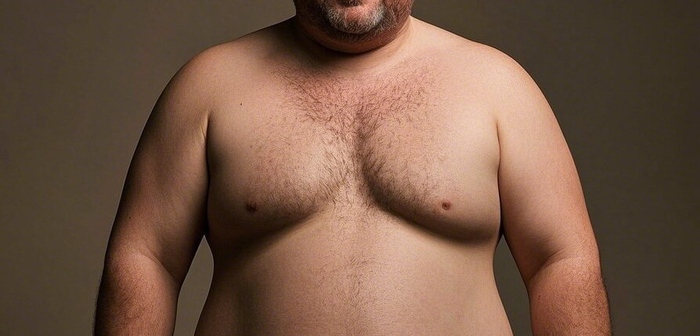
Miss Anca Breahna, Consultant Plastic & Reconstructive Surgeon based in Chester, UK, is a specialist in treating gynaecomastia, helping men regain their confidence with advanced, personalised treatment solutions. In this article, we will explore the different types of gyno, including glandular and fatty tissue gynaecomastia, their causes, symptoms, and the most effective treatment options to restore a firm, masculine chest appearance.
Gynaecomastia, often referred to as “gyno,” is a condition that causes the enlargement of male breast tissue. This can be distressing for many men, leading to self-consciousness, embarrassment, and discomfort in both social and physical settings. Many men avoid activities such as swimming, wearing fitted clothing, or even intimacy due to the visible changes in their chest. However, the good news is that gynaecomastia is treatable with both non-surgical and surgical options, depending on the underlying cause.
Take our Plastic Surgery Quiz to find out if you’d be a good candidate for cosmetic surgery.
What is Gynaecomastia?
Gynaecomastia is a medical condition characterised by the enlargement of male breast tissue, caused by hormonal imbalances, medication side effects, obesity, or underlying medical conditions. It can affect one or both breasts and is often associated with tenderness, swelling, and changes in chest contour.
Causes of Gynaecomastia
Gynaecomastia can develop due to multiple factors, such as:
- Hormonal Imbalances – An excess of oestrogen or a deficiency in testosterone can lead to breast tissue growth. This can occur naturally during puberty, ageing, or due to medical conditions affecting hormone levels.
- Obesity – Excess fat can lead to increased aromatisation of androgens into oestrogens, promoting breast tissue growth.
- Medication Use – Certain drugs, including anabolic steroids, antidepressants, anti-androgens, and medications for heart conditions, can cause gynaecomastia as a side effect.
- Medical Conditions – Conditions such as liver disease, thyroid disorders, and kidney failure can influence hormone levels and contribute to gynaecomastia.
- Age-Related Changes – Hormonal fluctuations in newborns, teenagers, and older men can trigger temporary or persistent gynaecomastia.
While gynaecomastia is not typically harmful, it can cause significant psychological distress. Miss Anca Breahna specialises in treating this condition with customised solutions to restore a natural chest contour and boost patient confidence.
The Two Types of Gynaecomastia
Gynaecomastia can be classified into glandular gynaecomastia and fatty tissue gynaecomastia (pseudogynaecomastia). Understanding the differences between these two types is essential in selecting the most effective treatment.
Glandular Gynaecomastia
Glandular gynaecomastia is caused by an increase in dense glandular breast tissue, rather than excess fat. This type is more common in individuals experiencing hormonal imbalances, such as during puberty, with anabolic steroid use, or due to medical conditions.
Symptoms of Glandular Gynaecomastia:
- Firm or rubbery lump under the nipple area that does not feel like fat.
- Tenderness or pain in the affected area, especially when touched.
- Breast tissue remains even with weight loss or increased exercise.
- More prominent in lean individuals and those with hormone-related causes.
Treatment Options for Glandular Gynaecomastia:
- Hormonal Therapy – In some cases, medications can help regulate hormone levels and reduce tissue growth.
- Male Breast Reduction Surgery – The most effective treatment is surgical excision, where Miss Anca Breahna removes the excess glandular tissue, reshaping the chest for a natural look.
Fatty Tissue Gynaecomastia (Pseudogynaecomastia)
Fatty gynaecomastia, or pseudogynaecomastia, is caused by an accumulation of excess fat in the chest area rather than glandular tissue. This condition is commonly seen in overweight or obese individuals.
Symptoms of Fatty Gynaecomastia:
- Soft, diffused fat deposits that are not firm or painful.
- Chest size may fluctuate with weight gain or loss.
- No distinct glandular lump under the nipple.
Treatment Options for Fatty Gynaecomastia:
- Diet and Exercise – Fat loss through calorie control and strength training can help reduce chest fat.
- Liposuction – When weight loss is ineffective, liposuction performed by Miss Anca Breahna can remove stubborn fat and sculpt a more masculine chest.
Download our Gynaecomastia Surgery Guide
How to Determine Which Type of Gyno You Have
Distinguishing between glandular gynaecomastia and fatty gynaecomastia is crucial for choosing the right treatment. Miss Anca Breahna offers expert assessment at her Chester-based clinic to accurately diagnose the condition.
Diagnostic Methods:
- Physical Examination – A manual check to determine the density and texture of the chest tissue.
- Ultrasound or MRI Scans – Imaging is used to confirm whether the tissue is glandular or fatty.
- Hormonal Testing – Blood tests to identify underlying hormonal imbalances that may require medical intervention.
Treatment Options for Gynaecomastia
Non-Surgical Approaches
- Lifestyle Modifications – Diet, exercise, and weight loss can improve pseudogynaecomastia but are ineffective for glandular cases.
- Medication – In rare cases, medications can help reverse glandular gynaecomastia if detected early.
Male Breast Reduction Surgery
For persistent gynaecomastia, male breast reduction surgery is the most effective solution. Miss Anca Breahna is a highly skilled Consultant Plastic & Reconstructive Surgeon in Chester, offering advanced surgical options.
Surgical Techniques Include:
- Excision Surgery – Direct removal of glandular tissue through a small incision.
- Liposuction – Removal of excess fat for pseudogynaecomastia.
- Combination Approach – Used for patients with both glandular and fatty tissue enlargement.
Recovery & Expected Results
- Mild swelling and bruising can occur post-surgery, with gradual improvement.
- Compression garments help support healing and maintain shape.
- Return to normal activities within a week, full recovery in 4–6 weeks.
- Long-lasting results when paired with a healthy lifestyle.
Why Choose Miss Anca Breahna for Gynaecomastia Surgery in Chester?
- Highly skilled Consultant Plastic & Reconstructive Surgeon with years of expertise.
- Tailored treatment plans for each patient’s unique needs.
- State-of-the-art facilities in Chester, ensuring safety and comfort.
FAQs About Gynaecomastia
Can gynaecomastia go away on its own?
In some cases, particularly during puberty, gynaecomastia can resolve without treatment. However, persistent cases may require medical or surgical intervention.
Is gynaecomastia linked to serious health conditions?
While gynaecomastia itself is not dangerous, it may be a symptom of an underlying condition such as hormonal imbalances, liver disease, or thyroid disorders.
Will losing weight get rid of gynaecomastia?
Weight loss can reduce pseudogynaecomastia (fat-related gynaecomastia), but it will not significantly affect glandular gynaecomastia caused by excess breast tissue.
How do I know if I have glandular or fatty gynaecomastia?
A professional evaluation, including physical examination and imaging tests, can help distinguish between the two types.
What is the best surgical treatment for gynaecomastia?
The most effective treatment is male breast reduction surgery, which can involve excision of glandular tissue, liposuction, or a combination of both.
Is gynaecomastia surgery permanent?
Yes, as long as a stable weight and hormonal balance are maintained, the results are typically permanent.
How long is the recovery after male breast reduction surgery?
Most patients can return to normal activities within a week, with full recovery and final results visible within 3–6 months.
Medical References
- Gynecomastia. Johns Hopkins Medicine. https://www.hopkinsmedicine.org/health/conditions-and-diseases/gynecomastia
- Enlarged breasts in men (gynecomastia) – Diagnosis and treatment. Mayo Clinic. https://www.mayoclinic.org/diseases-conditions/gynecomastia/diagnosis-treatment/drc-20351799
- Gynecomastia: Etiology, Diagnosis, and Treatment. Endotext, NCBI. https://www.ncbi.nlm.nih.gov/books/NBK279105/
- Gynecomastia. StatPearls, NCBI Bookshelf. https://www.ncbi.nlm.nih.gov/books/NBK430812/
- Anatomy of the Gynecomastia Tissue and Its Clinical Significance. National Institutes of Health. https://pmc.ncbi.nlm.nih.gov/articles/PMC5010345/
- Gynecomastia: Practice Essentials, Background, Etiology. Medscape. https://emedicine.medscape.com/article/120858-overview
- Gynecomastia: Physiopathology, Evaluation and Treatment. SciELO. https://www.scielo.br/j/spmj/a/PFcc79gBghNMHmXs7RPs89g/
Take the Next Step: Book a Consultation Today
If you’re struggling with gynaecomastia and want expert treatment, Miss Anca Breahna’s Chester clinic provides compassionate, effective solutions.
📞 Contact the clinic today to schedule a consultation and start your journey to confidence!
Further Reading about Men Surgery with Chester Consultant Plastic Surgeon Anca Breahna
- Read more about Anca Breahna’s Blog on UK’s Most Popular Plastic Surgery for Men
- Read more about Anca Breahna’s Blog on How to Get Rid of Puffy Nipples in Men
- Read more about Anca Breahna’s Blog on Recovery after Gynaecomastia Surgery
- Read more about Anca Breahna’s Conditions Page on Gynaecomastia – Male Breasts – Man Boobs
- Read more about Anca Breahna’s Blog on When Can I Exercise after Gynaecomastia
- Read more about Anca Breahna’s Blog on Who is the Best Gynaecomastia Surgeon in the World?
- Read more about Anca Breahna’s Blog on What Are Gynaecomastia Surgery Scars Like?
Back to blog
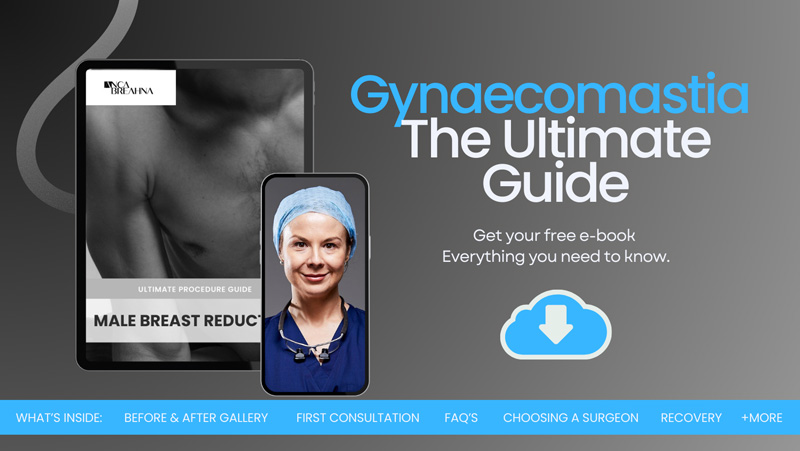
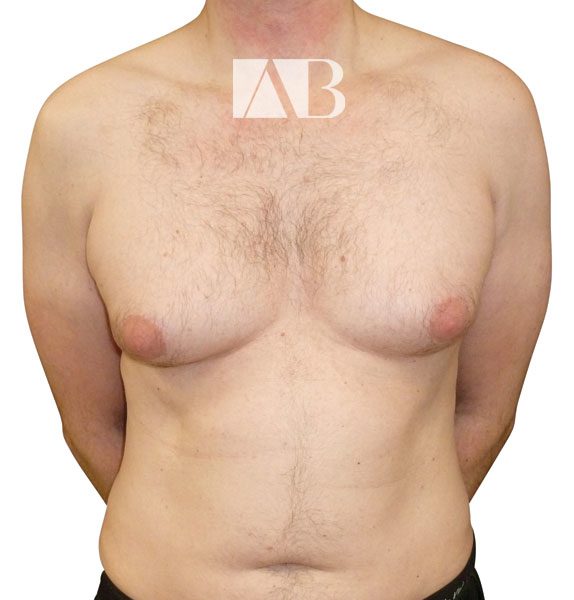
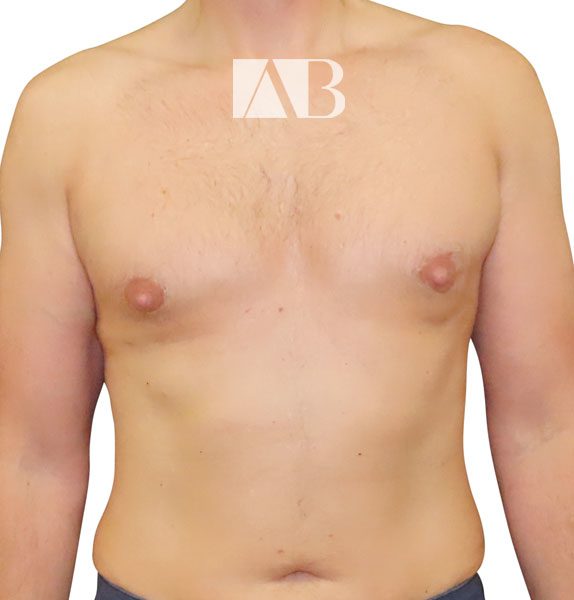
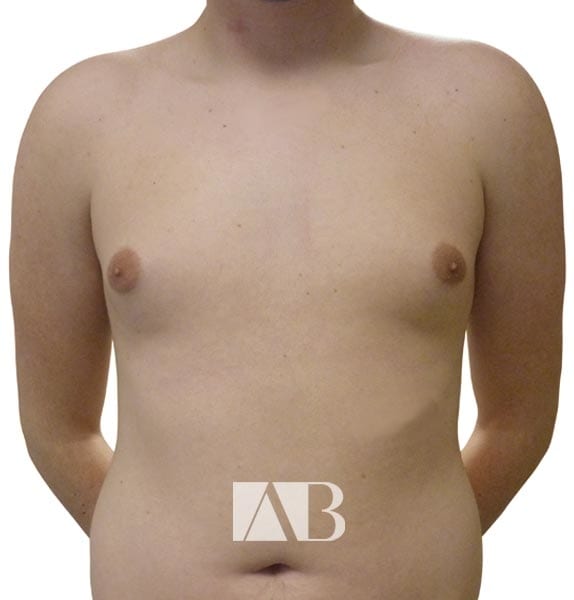
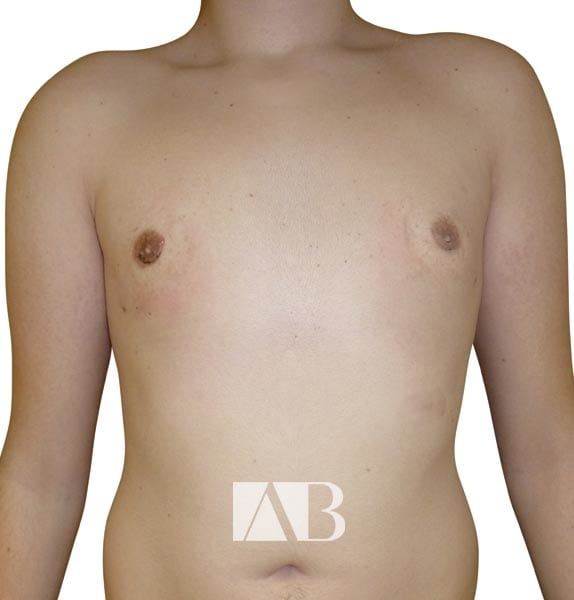
 Ms Anca Breahna, PhD, MSc, FEBOPRAS, FRCS (Plast) is a highly regarded Consultant Plastic Surgeon specialising in the field of Aesthetic and Reconstructive Plastic Surgery. Anca performs a range of
Ms Anca Breahna, PhD, MSc, FEBOPRAS, FRCS (Plast) is a highly regarded Consultant Plastic Surgeon specialising in the field of Aesthetic and Reconstructive Plastic Surgery. Anca performs a range of 